Natural diversity surrounds Olkiluoto
There are four nature conservation areas in Olkiluoto, each displaying a high diversity of nature. In addition to the actual conservation areas, there are also other areas of valuable nature, such as the Tyrniemi open bog.
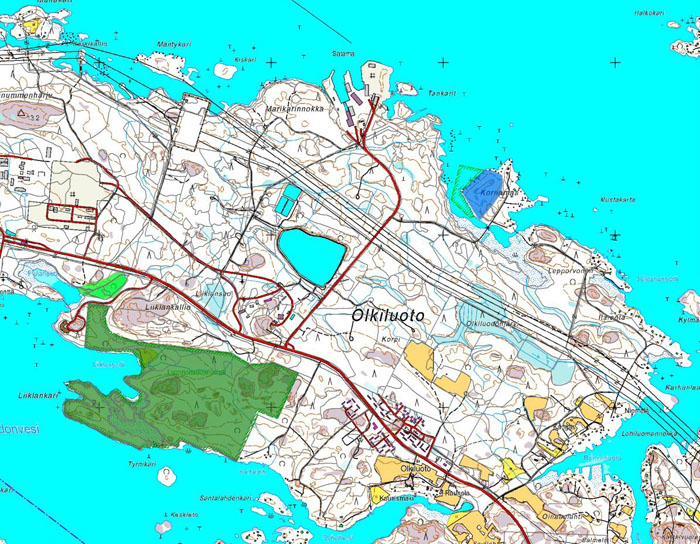
Two of the nature conservation areas overlap, as Liiklankari is both a conservation area of old forests and part of the Natura area in Rauma archipelago. Protected flora in Liiklankari includes e.g. Anagallis minima, which has been classified as an endangered plant.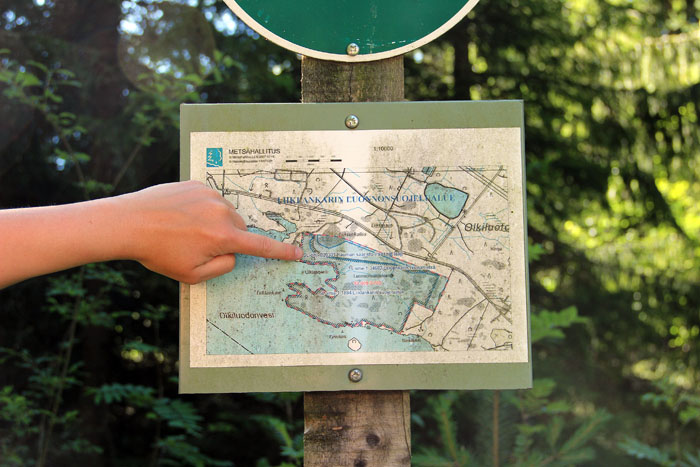
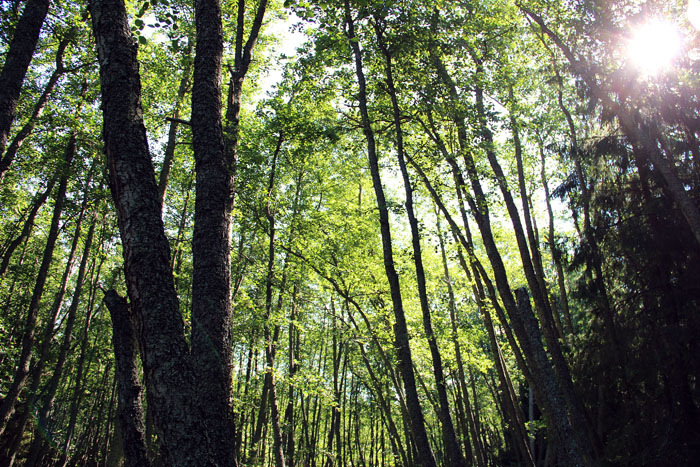
The Natura area in the environment of Olkiluoto Visitor Centre is characterised by e.g. a dense black alder stand.
The Liiklankari conservation area is located near the Olkiluoto Visitor Centre. The area mainly consists of an almost virgin forest dominated by spruce. There is not much deadwood in the area, but the restoration of old-growth characteristics is already visible in the form of windfalls and sparsely occurring standing dead trees.
The Liiklankari forests are also characterised by black alder stands: one example can be seen from the nature observation trail in the Visitor Centre. In addition to Liiklankari, lush boreal forests dominated by black alder can also be found on the eastern shore of Olkiluoto.
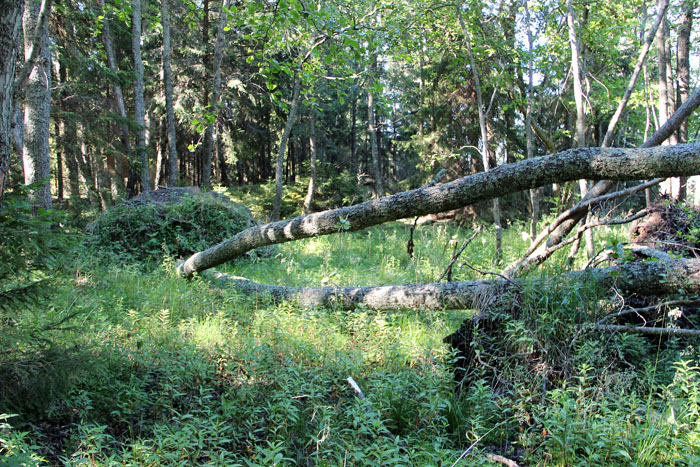
The other two conservation areas are located in Kornamaa. The small area on the west side of Kornamaa is part of the Bothnian Sea National Park and the other area in the west part is included in the protection programme of old forests. The Bothnian Sea National Park extends over the shoreline and sea area on the west side of Kornamaa.
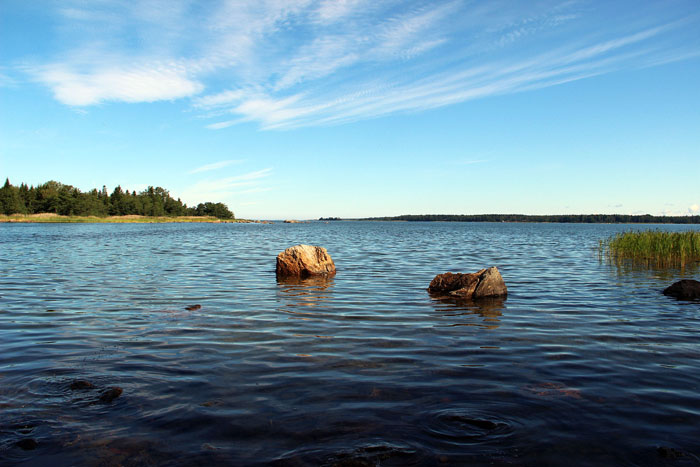
Fourleaf mare's-tail grows in water and can be identified by four leaves growing out of exactly the same point.
Protected plants in Kornamaa include e.g. the fourleaf mare's-tail, which has been classified as endangered. This species is protected under the Nature Conservation Decree.
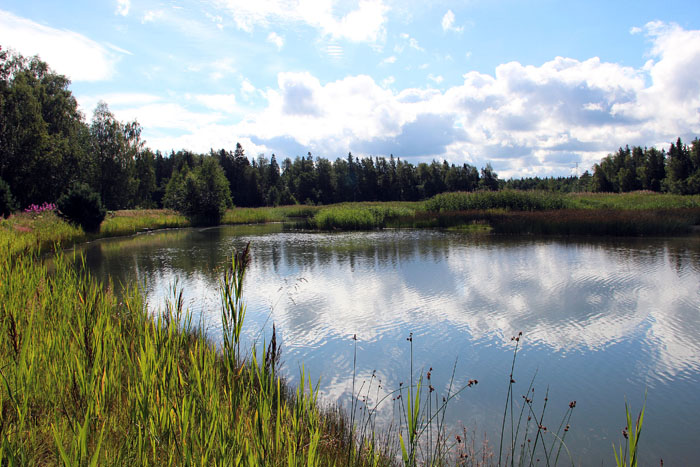
The Kornamaa nature conservation area is included in the protection programme of old forests. The area features an old spruce stand in a dry-peaty forest of boreal type; the old-growth characteristics of the forest are being gradually restored. The amount of deadwood is still quite small in this area, but increases all the time through windfalls and ageing trees. The increase in the amount of deadwood will enhance the biodiversity of the Island of Olkiluoto. 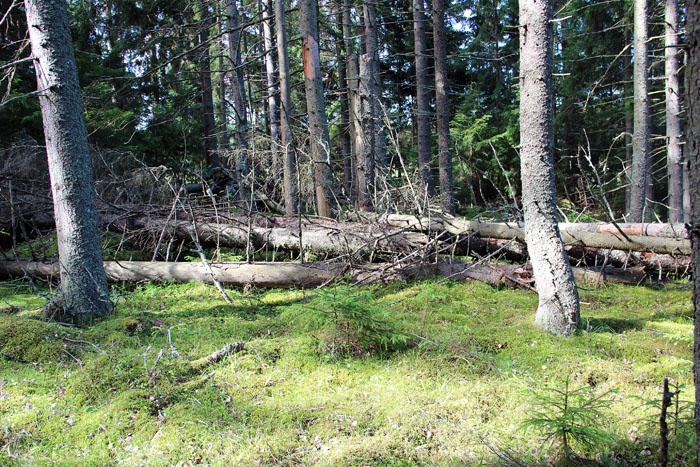
The different nature types found on the island can be studied on the ca. one-kilometre long nature observation trail in the Visitor Centre.
Share